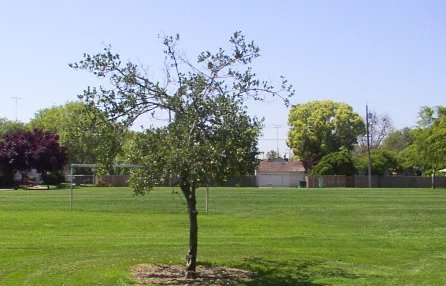Green Nokia boxes clever
Smaller packaging, smart chargers to cut environmental footprint.

Smart packaging and smart power chargers are aiming to cut the environmental impact of one of world's most popular electronic devices, the mobile phone.
Handset maker Nokia estimates that it has sold just over one billion of the world's three billion handsets. But with more than four billion mobile users expected by 2009, the onus is on the company to cut the environmental impact of the devices.
According to Nokia, handsets create an environmental impact in manufacture - including distribution and sales - in use and at the end of their working life. As well as initiatives to take back used phones for recycling and the recovery of materials such as precious metals. Nokia is now working to cut the impact of the other two lifecycle phases.
Nokia claims that buying a multi-function device, such as a mobile phone, is more "materially efficient" than buying separate devices. Nokia produced the first RoHS compliant cellular phone in 2005, and has progressively worked to eliminate potentially troublesome materials, such as PVC, from its products.
More dramatic, however, is a move to new smaller packaging for handsets. The smaller box is one third of the size of Nokia's conventional packaging, and the company calculates that the new boxes are already removing the equivalent of 5,000 trucks from the roads. This year, Nokia shipped 250 million products in the new boxes, which saved the manufacturer €100 million in costs.
But using - and charging - a mobile phone still accounts for a third of its lifetime energy use, said Markus Terho, Nokia's director of environmental affairs. If all phone users simply unplugged their chargers when they are not in use, the total impact of a cellular handset would fall by 35 per cent. "If you keep a phone on and charging 24 hours a day, the energy used is far bigger than in the other lifecycle phases," he said.
As a result, Nokia has developed more energy efficient phones, and more energy efficient chargers. New handsets come with alerts to say they are fully charged, and Nokia is working on a "no load" charger that uses almost no energy when it is not actually charging a phone. By 2008, all Nokia phones will ship with Energy Star compliant chargers, using 2000 times less power than a standard domestic light bulb. "We are aiming to get that as close to zero as possible," he said.
Get the ITPro daily newsletter
Sign up today and you will receive a free copy of our Future Focus 2025 report - the leading guidance on AI, cybersecurity and other IT challenges as per 700+ senior executives
Research earlier this year, by mobile network planning company Atix, calculated that mobile networks use 61 billion KwH of energy - more than a large car rental company - and that figure does not include the power used by the handsets themselves.
Nokia news, reviews, themes and downloads at Know Your Mobile
-
 Should AI PCs be part of your next hardware refresh?
Should AI PCs be part of your next hardware refresh?AI PCs are fast becoming a business staple and a surefire way to future-proof your business
By Bobby Hellard Published
-
 Westcon-Comstor and Vectra AI launch brace of new channel initiatives
Westcon-Comstor and Vectra AI launch brace of new channel initiativesNews Westcon-Comstor and Vectra AI have announced the launch of two new channel growth initiatives focused on the managed security service provider (MSSP) space and AWS Marketplace.
By Daniel Todd Published